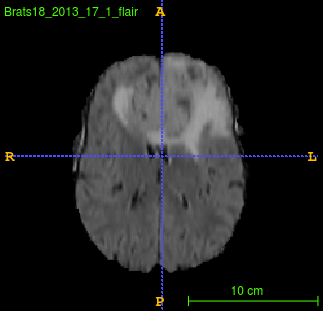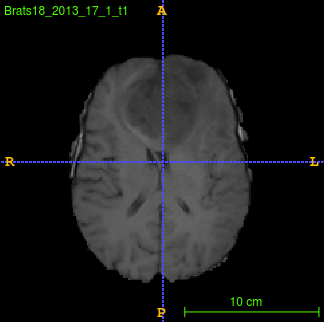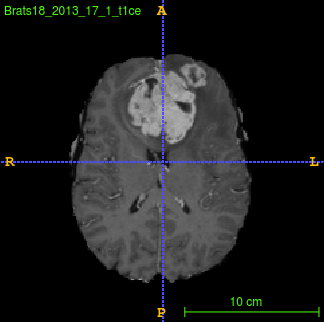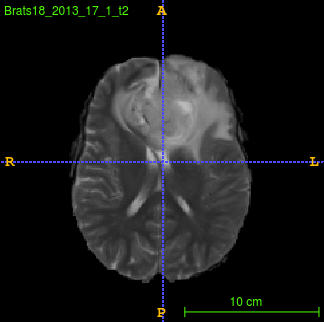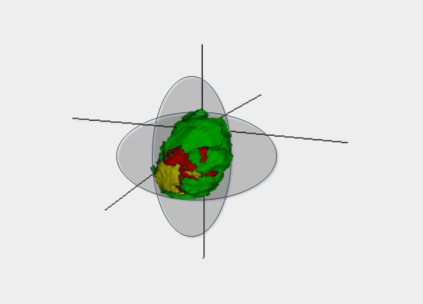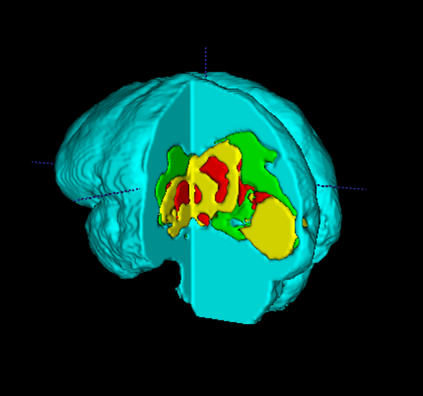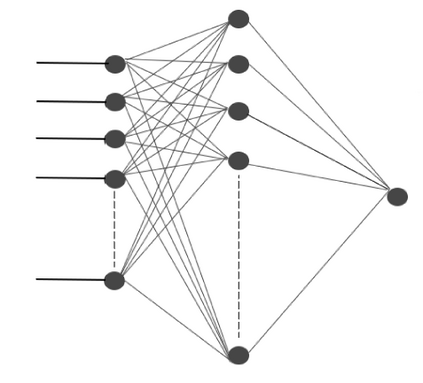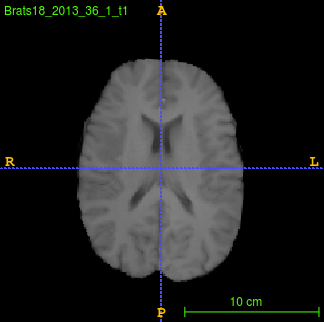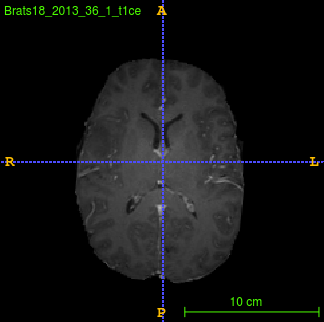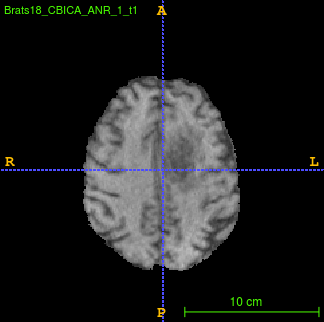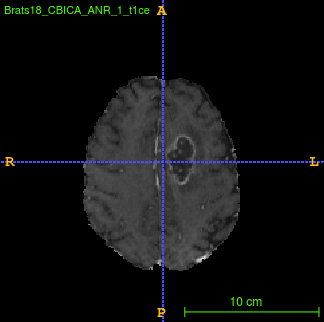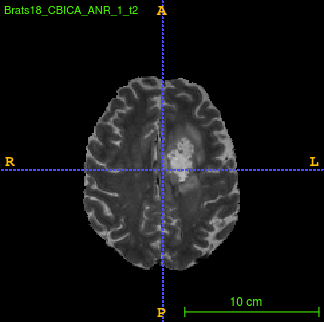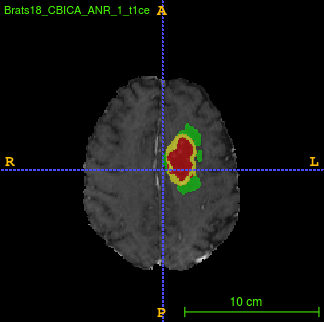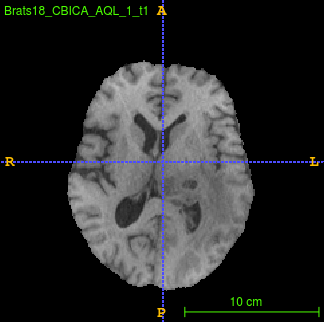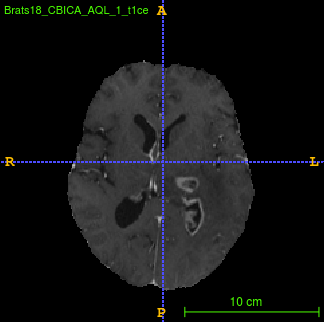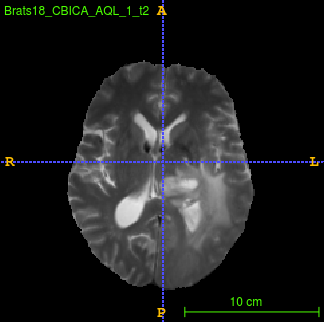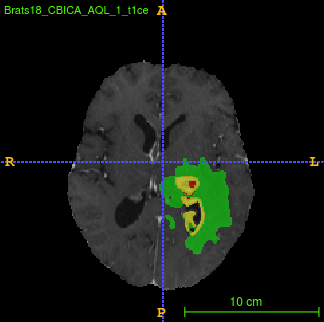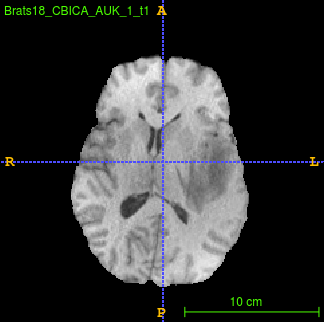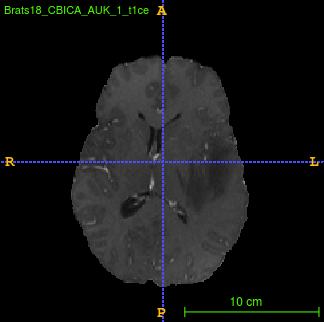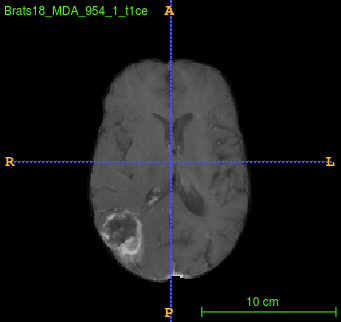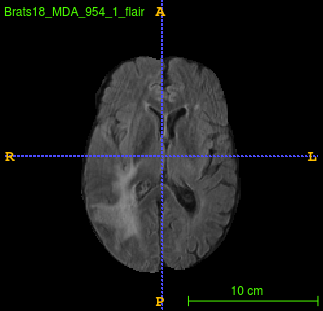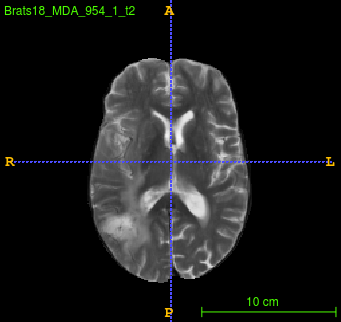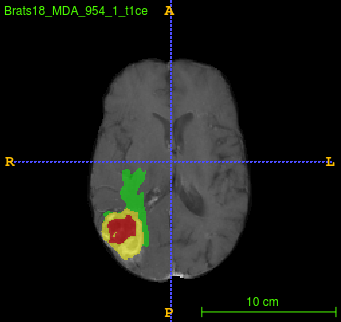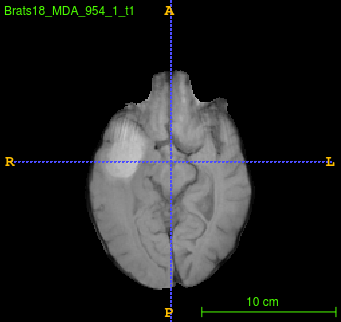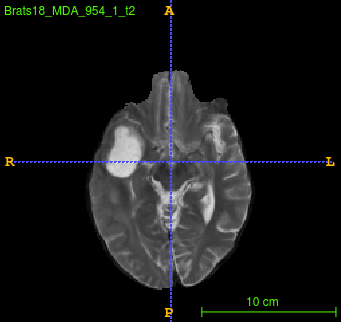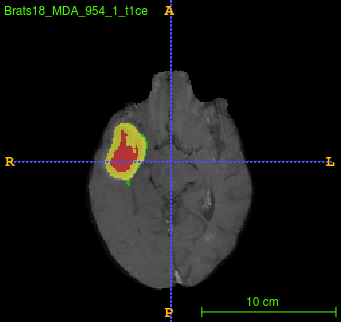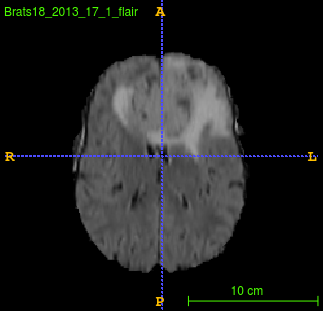Segmentation of brain tumor from magnetic resonance imaging (MRI) is a vital process to improve diagnosis, treatment planning and to study the difference between subjects with tumor and healthy subjects. In this paper, we exploit a convolutional neural network (CNN) with hypercolumn technique to segment tumor from healthy brain tissue. Hypercolumn is the concatenation of a set of vectors which form by extracting convolutional features from multiple layers. Proposed model integrates batch normalization (BN) approach with hypercolumn. BN layers help to alleviate the internal covariate shift during stochastic gradient descent (SGD) training by zero-mean and unit variance of each mini-batch. Survival Prediction is done by first extracting features(Geometric, Fractal, and Histogram) from the segmented brain tumor data. Then, the number of days of overall survival is predicted by implementing regression on the extracted features using an artificial neural network (ANN). Our model achieves a mean dice score of 89.78%, 82.53% and 76.54% for the whole tumor, tumor core and enhancing tumor respectively in segmentation task and 67.90% in overall survival prediction task with the validation set of BraTS 2018 challenge. It obtains a mean dice accuracy of 87.315%, 77.04% and 70.22% for the whole tumor, tumor core and enhancing tumor respectively in the segmentation task and a 46.80% in overall survival prediction task in the BraTS 2018 test data set.
翻译:磁共振成像( MRI) 的脑肿瘤剖析是一个至关重要的过程, 用来改善诊断、 治疗规划和研究肿瘤与健康对象之间的差别。 在本文中, 我们利用具有超柱技术的进化神经网络( CNN) 将脑肿瘤从健康的脑组织中分离出来。 超柱是一组矢量的集合, 通过从多层中提取进化特性形成。 拟议的模型将批量正常化( BN) 方法与超柱体结合在一起。 BN 层有助于通过每件小批量肿瘤和健康对象的零度和单位差异来缓解在随机梯度下降( GSGD) 训练期间的内部共变换。 生存预测是通过从分层脑肿瘤数据中提取第一个特性( Geoprication, Fractalthal 和 Histmag) 来完成的。 然后, 通过使用人工神经网络( ANNUN), 我们的模型在整个肿瘤、 肿瘤- 803 和76-54% 的肿瘤持续率 测试任务中, 在整部肿瘤、 201880 任务中, 分别在提高 2018181880 任务中, 任务中, 208.任务中, 22任务中, 的精确 的预测和升级任务中, 将获得一个平均任务中, 22任务中分别获得一个平均任务中, 208.% 22 的精确任务中, 和升级任务中, 208. 和升级任务中, 任务中, 的精确任务中, 22根 的精确任务中, 20. 20. 22 的精确 任务中, 任务中, 。

